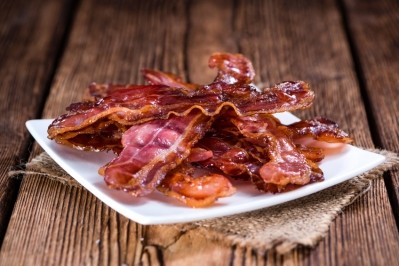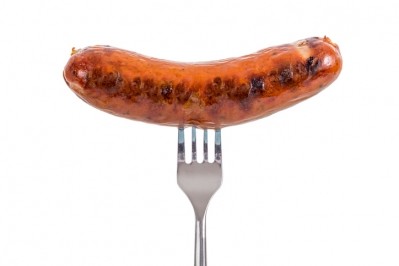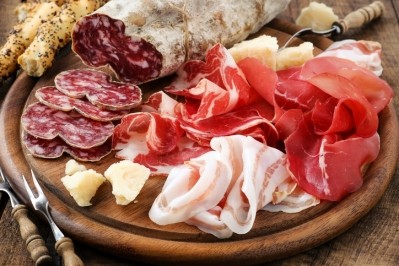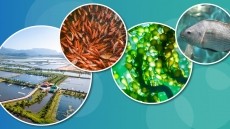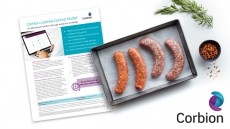EFSA confirm current exposure levels of food nitrites and nitrates are safe
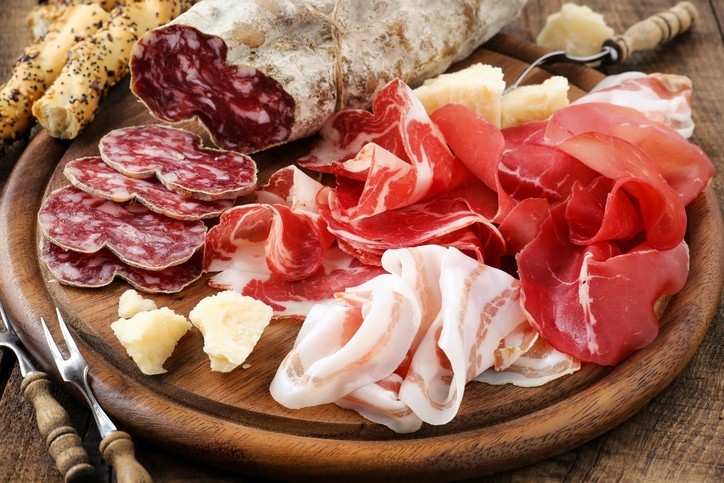
A reassessment carried out by the agency concludes that despite this outcome, the acceptable daily intake (ADI) of the additives would slightly exceed levels set out for infants, toddlers and children with medium exposure.
Current ADI for nitrates is 3.7 milligrams per kilogram of body weight per day (mg/kg bw/day).
The safe level for nitrites was re-established at 0.07 mg/kg bw/day, close to the slightly more conservative existing ADI of 0.06 mg/kg bw/day.
“We re-assessed the safety of nitrites and nitrates added to food as part of EFSA’s re-evaluation programme of all food additives authorised in the EU before 2009,” said Professor Maged Younes, member of EFSA’s Panel on Food Additives and Nutrient Sources Added to Food, and Chair of the Working Group tasked with the re-evaluation.
“Based on the available evidence, we concluded that there was no need to change previously set safe levels for either substance.”
EFSA currently approve the sodium and potassium salts of nitrite and nitrate (E 249-252) for use as food additives in the EU.
Meat, fish and cheese product producers use these additives to hinder microbial growth as well as to keep meat red and enhance its flavour.
Nitrite have links to the formation of a group of compounds known as nitrosamines, some of which are carcinogens.
Exposure assessment details
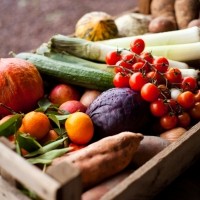
The EFSA Scientific Panel concluded that consumer exposure to nitrate exclusively from food additives was less than 5% of the overall exposure to nitrate in food. This did not exceed the safe levels.
However, when all sources of dietary nitrate (food additive, natural presence in foods and environmental contaminants), are accounted for, the safe level may be exceeded for individuals of all age groups with medium to high exposure.
The reassessment also extended towards nitrosamine formation inside the body following the use of nitrites as food additives.
The team concluded that nitrite’s contribution to overall exposure to nitrosamines was of ‘low concern for health,’ provided they were used at approved levels.
MEP call to action
The latest outcomes of EFSA’s review may not sit well with Members of European Parliament (MEPs), who at the end of last year, urged the European Commission to reduce legal limits or ban nitrites in meat products due to the link with cancer.
They also called for more support for research that looked into viable alternatives such as lactic acid.
Prof Younes acknowledged the need for further research to fill current knowledge gaps.
“Further studies would be useful on nitrate-nitrite conversion in human saliva and the resulting methaemoglobin formation, on nitrosamine formation in food products to which nitrites have been added, as well as on additional epidemiological evidence in humans”
“Better data on exposure to nitrites/nitrates from other food sources than additives (including from contaminants in vegetables) would also help to provide a more complete picture and refine future risk assessments.”
The rise in demand for clean label meat has led to a range of next-generation preservatives.
Corbion’s Verdad F, a series of clean label preservatives for meat products can be labelled as ‘fermented sugar and/or vinegar’.
Other additive specialists have also experimented with plant-based extracts as a preservative for meat, which include celery, citrus, rosemary, mushroom, grape seed or oregano.
The International Agency for Research on Cancer (IARC), already classify nitrites as ‘probably carcinogenic to humans'.
The agency said a 50 g portion of processed meat eaten daily could result in an 18% increased risk of colorectal cancer.
